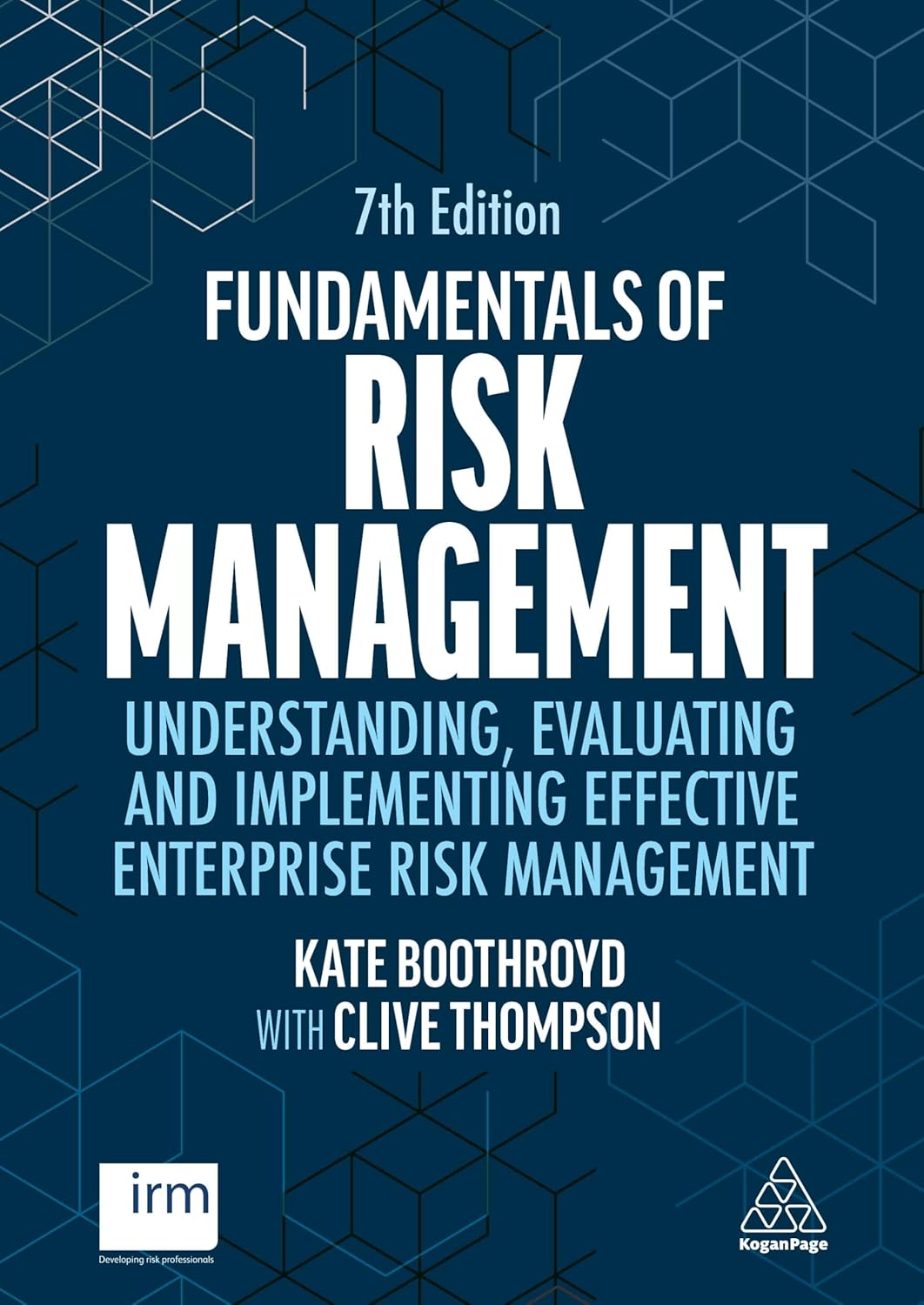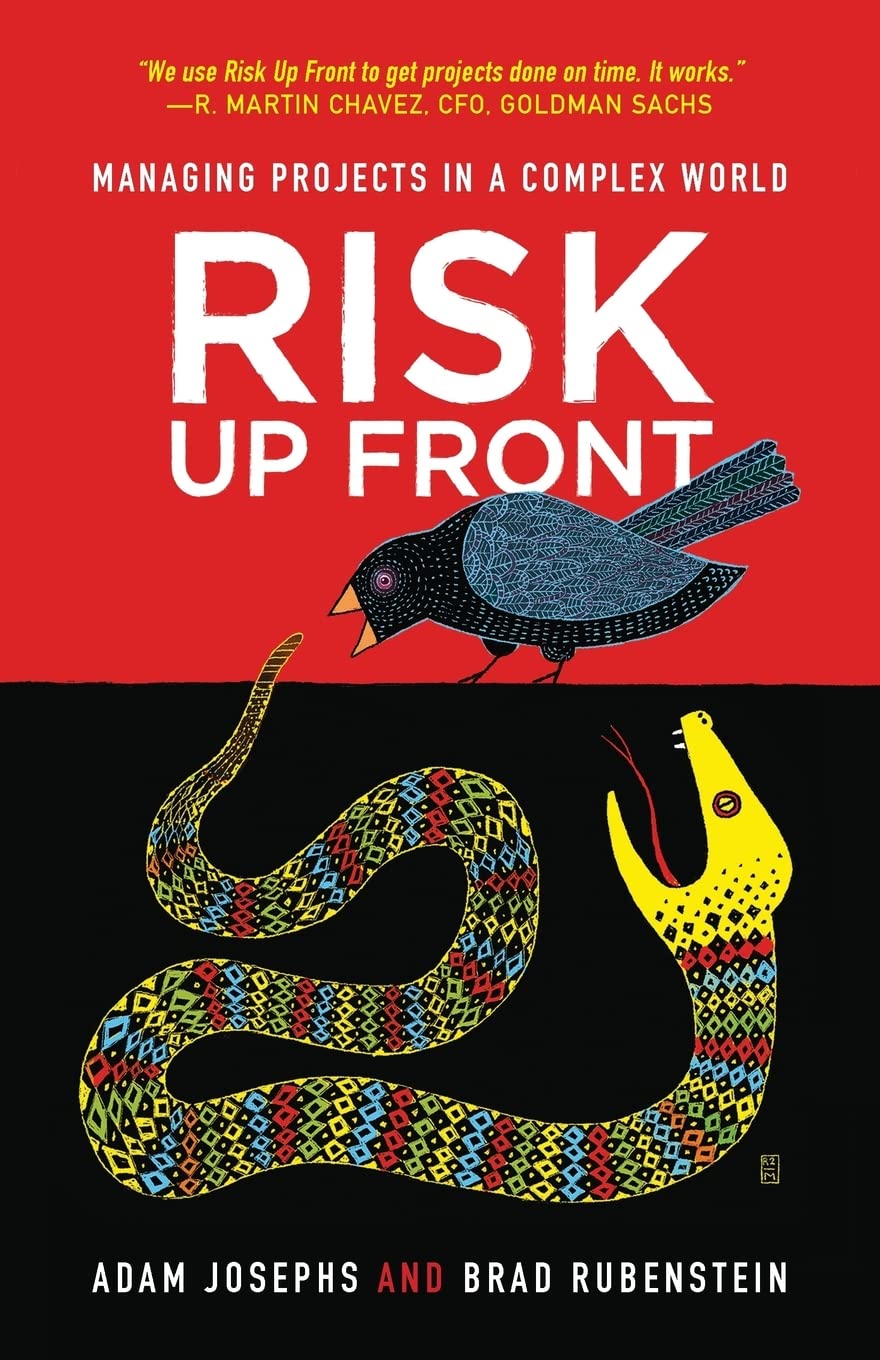
Risk Avoidance
What is Risk Avoidance?
Risk avoidance is a proactive strategy employed in project management to mitigate potential threats before they can impact a project. It involves identifying risks early in the planning phase and taking deliberate actions to remove the source of the risk entirely. Unlike risk mitigation, which seeks to reduce the impact or likelihood of a risk, avoidance aims to prevent the risk from occurring at all. This approach may involve modifying project plans, adjusting scope, or avoiding high-risk activities. While not always feasible, it is beneficial for high-impact threats where the consequences outweigh the benefits of proceeding.
Key Points
- Risk avoidance is a form of risk response strategy that eliminates exposure to a threat by avoiding it.
- It is often implemented during the planning stage, but may also occur at any point in the project lifecycle.
- This strategy may necessitate significant adjustments to the project’s scope, timeline, or deliverables.
- Avoidance is most effective when the cost of addressing a risk is lower than the potential loss from the risk itself.
- Not all risks can be avoided; some must be managed through mitigation, acceptance, or transfer.
Related Terms
- The process of risk identification enables teams to identify potential risks early, allowing for the consideration of avoidance strategies and informed decision-making.
- Risk mitigation involves reducing the impact or likelihood of a risk, rather than removing it altogether.
- A risk response plan outlines how to address identified risks, including the decision to avoid certain risks entirely.
- Contingency planning supports risk avoidance by preparing alternate paths that do not expose the project to specific threats.
- Change management is often necessary when risk avoidance necessitates significant adjustments to a project.
Risk Avoidance: Example
A software development team plans to use a third-party API that has a history of instability. After assessing the risk of system failure, the team decides to build a custom module instead. This choice eliminates reliance on the external API, avoiding the risk entirely. Although this approach increases development time, it ensures greater control and system reliability.
Risk Avoidance: Best Practices
- Identify high-impact risks early through thorough risk assessments.
- Use data and expert input to evaluate whether avoidance is a viable option.
- Prepare to adjust project scope or timelines to eliminate unacceptable risks.
- Document all decisions related to avoidance in the project risk register.
- Communicate changes clearly to stakeholders to maintain alignment and support.
Additional Resources
Preparing for a PMI certification?
- Exam Prep Courses: PMP®, CAPM®, and PMI-ACP®
- Exam Simulators: PMP®, CAPM®, PMI-ACP®, PMI-PBA®, PMI-RMP®, PMI-SP®, PgMP®, and PfMP®
- Professional Development Units (PDUs): 15, 30, and 60 PDU Bundles




